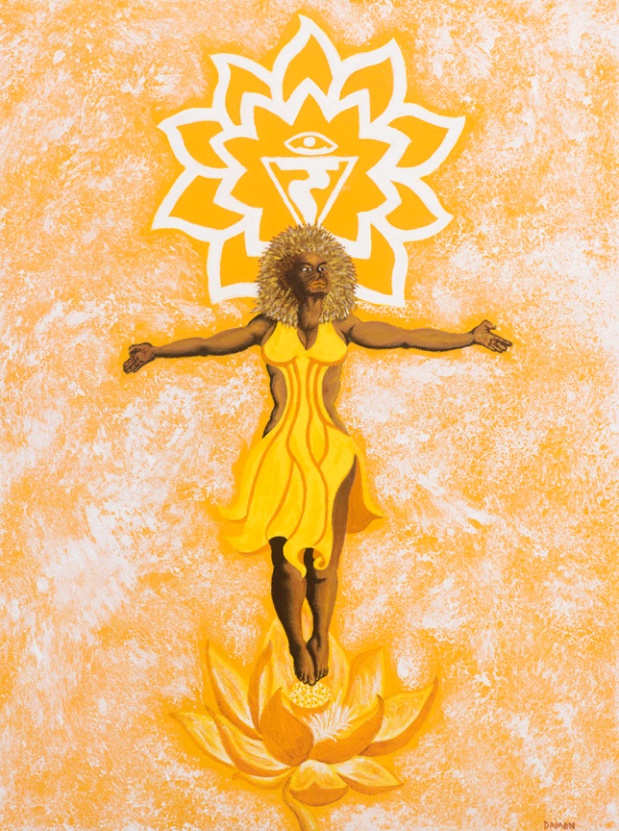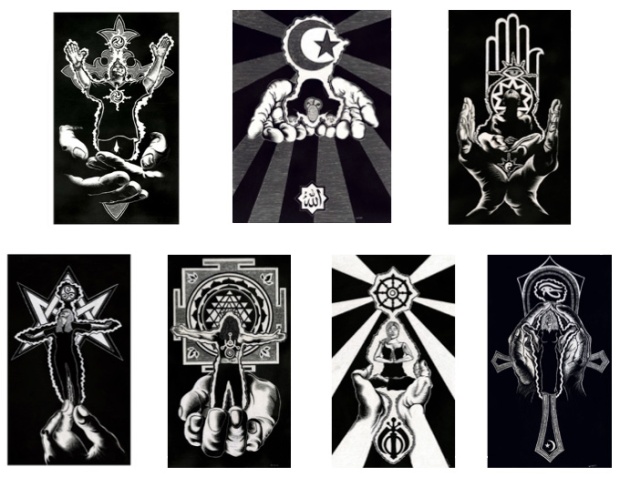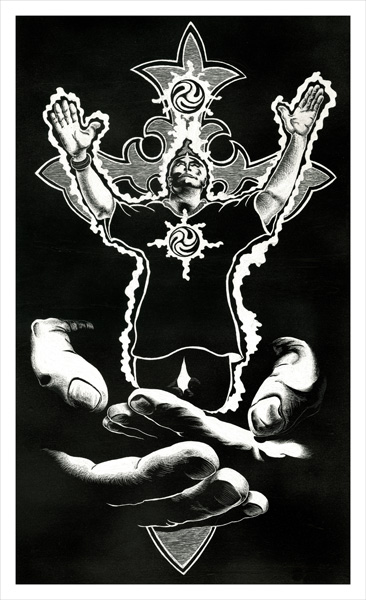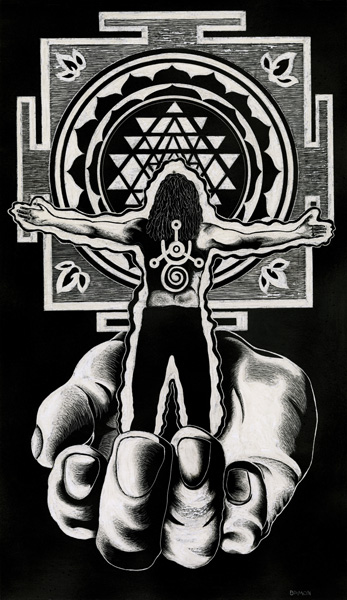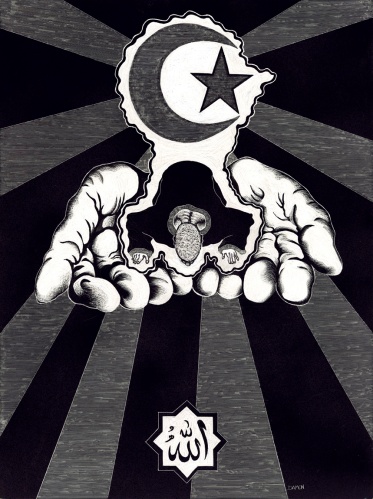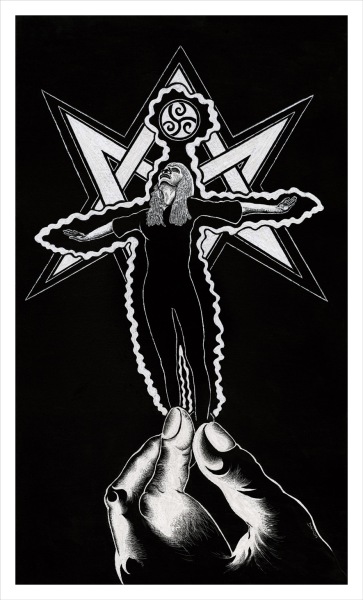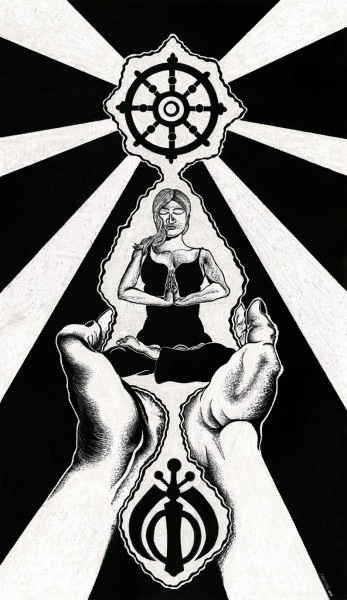I was unable to complete the whole manuscript of my book last month. Although I was quite enthusiastic to get it done, I think I was a little unrealistic about the amount of time I could actually put not the project without going to a retreat location and write from there. However, I did manage to get four chapters completed which places me at the halfway mark! I have four more to go and will be ready to get back into writing mode as we refocus for a new month.
Unfortunately, I was sick with the flu the whole holiday weekend and spent 85% of my time at home in bed! 😦 But I’m almost well now and plan to get back into the swing of things later this week.
Below is a summary of each chapter of the project. As you can see below I don’t necessarily complete the chapters in order because my brain just won’t work that way. I meditate upon which chapter should come next and trust that Spirit will guide me to the write one, as it inspires me with the needed content. Hope you find them of interest!
Since the book is really a series of essays or meditations (or monographs??) I don’t think a formal introduction to the contents/concepts is needed. However, I do think it important to basically set the tone for the reader and provide a few insights about the overall direction of “When We Pray” and my reasons for developing its content.
When We Pray
Making the Connection: Prayer, Aesthetics & the Spiritual Life
This initial essay will paint a picture of the overall conceptual framework that allows the reader to begin to see and understand the connections between prayer, aesthetics and the spiritual life. In this section, I will define some essential terms, provide some historical and contextual grounding, and lay the overall framework for the more specific points of discussion that will comprise the other meditations.
When We Pray
The Aesthetics of Enlightenment: the Universal & the Particular – COMPLETE
It is here that the real work begins. I delve into the most misunderstood paradox in spirituality, how the seemingly particular act of going within through prayer and meditation ultimately leads to an ever more intimate understanding of that which is most common to all – the universal. This essay will delve into this paradox and help us to understand how the aesthetic dimensions of spiritual life help us to better understand the universal and the particular.
When We Pray III
Making Special: Sacred Symbols, Sight & Geometry – COMPLETE
What does it mean to make something special? How does our concept of the sacred relate to our use of symbols and the ways in which symbol is used on the spiritual path? This meditation will examine these ideas and relate them specifically to the process of spiritual growth and discernment – particularly with regard to the ways both humans and Spirit utilize symbols and signs as a means of communication.
When We Pray IV
The Work is all Divine: The Role of Imagination in Prayer & Manifestation – COMPLETE
In this essay, I will explore the ways in which imagination and manifestation play a central role in prayer and the spiritual life. It will present the conceptual framework and context through which manifestation and imagination helps us to see understand the inherent connection between prayer, imagination, and the process of manifestation.
When We Pray V
Awakening: The Art of Prayer & the Art of Life – COMPLETE
We use the term “art” in relation to a wide range of human endeavors that stretch from the actual creative work of the “Arts” to the facility with which we live our lives. This meditation will explore the term “art” by defining it in a manner that allows us to connect it with aesthetic experience, inspiration, and the spiritual life. Particular emphasis will be placed upon the notion that prayer is an “art” and how human beings can harness the aesthetic dimensions of prayer in order to live inspired and artful lives.
When We Pray VI
In Defense of the “Woo-Woo”: The Aesthetics of Mysticism and the Spiritual Life
The contemporary scientific model and its accompanying evidence-based approaches in the softer sciences have given mysticism a bad name. Even many Spirituality and New Age professionals will often shy away from the mystical or qualify any mystical statements by apologizing for becoming to “Woo-Woo”. In this chapter, I will address this phenomena and put forth a perspective that argues for mysticism and spiritualization as key components in prayer and spiritual development. This meditation will explore the ways in which the aesthetic dimensions of mysticism and mystical experience have always been and continue to be integral to prayer and the spiritual life
When We Pray VII
In the World & of the World
This chapter will focus upon the more practical aspects of living the spiritual life by examining how our spirituality should deeply ground and connect us to the world in which we live. How does one think about and frame their response to the world’s problems from a spiritual perspective, and what can the aesthetic dimensions of our spirituality bring to that discussion? There is a real and needed place for social activism, global thinking and reflection upon the ways in which our spiritual life can be brought to bear upon the needs of our current place in human history.
When We Pray VIII
Coda: There is only Love
Ultimately, love is all there is. This final essay will serve as a concluding segment that will weave together the various strands from the previous meditations through an examination of the concept of divine love. It will provide an overarching vision that incorporates the key concepts from the meditations. However, it will not be a summary, but rather an inspirational vision that is both a didactic and beautific discussion on love and the ways aesthetic insights can aid us in the expression of love in our every day lives.


